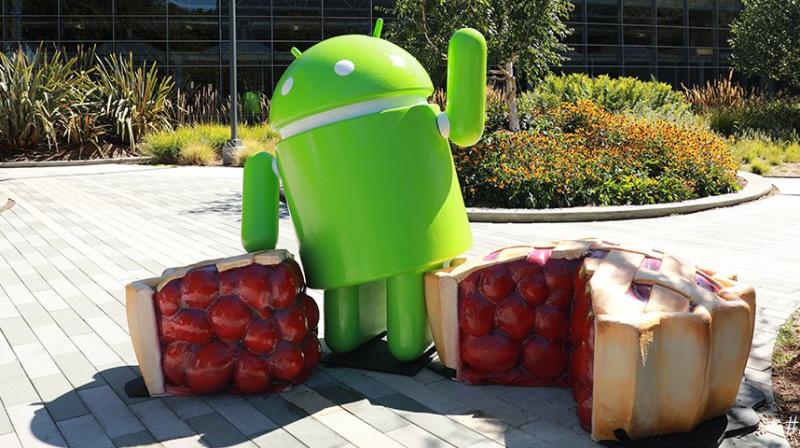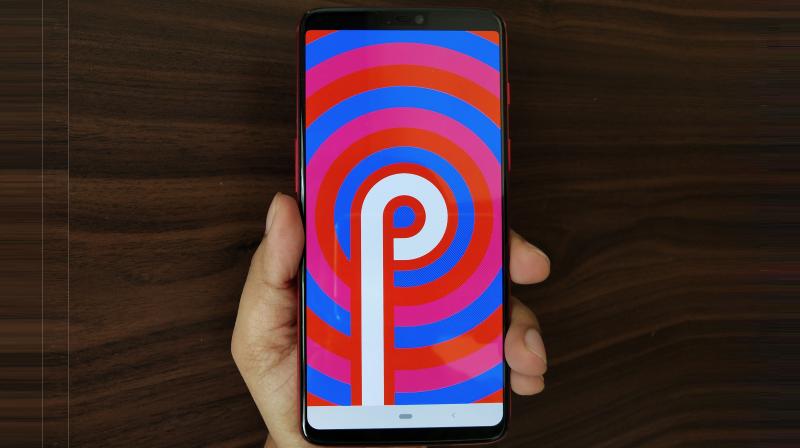10 years of Android, 10 years of revolutionising the world

When it comes to smartphones, Apple’s iOS is considered to be a gem, offering a very polished user experience. However, had it not been for Android, the smartphone as a concept would have been limited to the affluent. Android has been the choice of almost every smartphone manufacturer and has been powering a wide variety of ultra-premium flagships to the most entry-level devices. For fans of Android, there’s now a very good reason to celebrate — Android turns 10.
Android has recently completed 10 years of its existence in the world of technology. The first Android smartphone came out ten years ago in the US in the form of T-Mobile’s G1 — the first smartphone running Android v1.1. The smartphone debuted Google’s mobile platform and came with a physical QWERTY keyboard, a sliding display, a trackball for navigation and four control buttons. It was made by HTC and was considered as a test device to analyse whether the platform would catch up with the market. However, Android 1.1 lacked a virtual keyboard a native video player.
The OS got an improvement in version 1.5 Cupcake that added a virtual keyboard and allowed users to get more apps from the Android Market (now known as PlayStore). Gradually, manufacturers started seeing a lot of promise from the platform as it offered a lot of features and more necessarily, the freedom to try out whatever companies fancied. After the first few years, Google came into the picture and rolled out its Nexus lineup of smartphones, which were promised the quickest Android updates once released. In fact, the Nexus lineup spanned for several years, serving as the platform to show how Google envisions Android. The Nexus project gave manufacturers to showcase their prowess in hardware while Google took care of the software side. The Nexus lineup was eventually replaced by the Pixel series in 2016 to battle the premium iPhones while improving Android’s brand image.
Alongside the Google’s own series of devices, major manufacturers such as Samsung, Huawei, Xiaomi and others stated relying on Android for their smartphones. The open-source nature allowed for manufacturers to customise the aesthetics of the software and offer enhanced user experiences. A version of Android was also developed specifically for tablets in the form of Android 3.0 Honeycomb, which hardly made any news. Android also later branched out in Android Wear (now Wear OS) as a platform for smart wearable devices, Android TV for powering smart TVs and Android Things as a platform for powering IoT devices. The recent addition of Android Go offers a full-fledged Android experience optimised for low-end devices.
Presently, Android is at its best in the form of Android 9 Pie released last month. The latest version offers several performance improvements and UI enhancements for modern fullscreen devices. Sadly, open source brings its own set of issues and the biggest one that Android faces is security. Google is trying its best to offer tighter security protocols for the platform so as to ensure a safer smartphone experience for all users. Another major issue that the platform is yet to fix is the distribution of Android updates — even in 2018, only Google’s range of Pixel smartphones get timely updates and patches. However, with Project Treble implemented into last year’s Android 8 Oreo, we are seeing several third-party manufacturers delivering timely updates to their devices, chief among which are Essential and OnePlus.
Nonetheless, had Android not been here, we wouldn’t have been able to witness the revolution in the telecom sector. Love it or hate it, Android has affected the growth of the smartphone as a concept — according to a study by Statista, around 88 per cent of the world’s total smartphones run Android. Android has displaced other mobile platforms with a vast number of features and the freedom for developers to try whatever they want. And, it will continue to do so in the coming years.
Happy birthday, Android!
Click on Deccan Chronicle Technology and Science for the latest news and reviews. Follow us on Facebook, Twitter.


